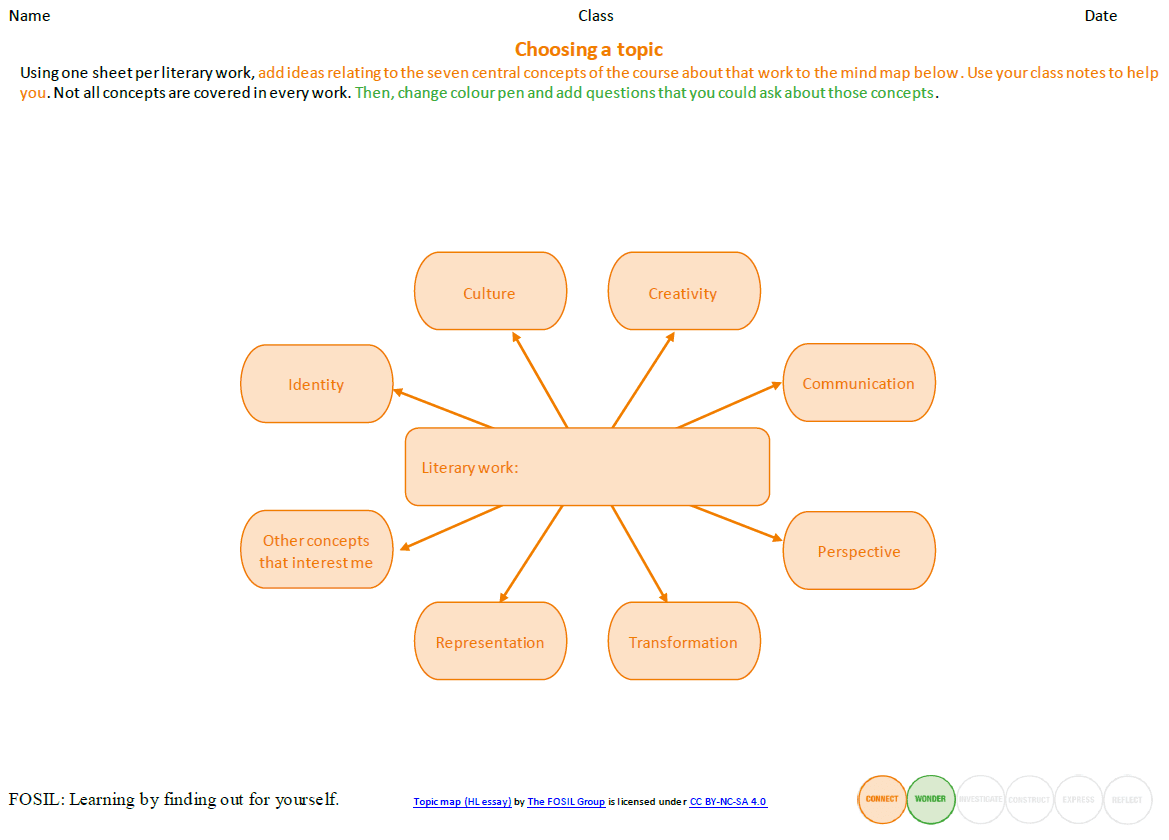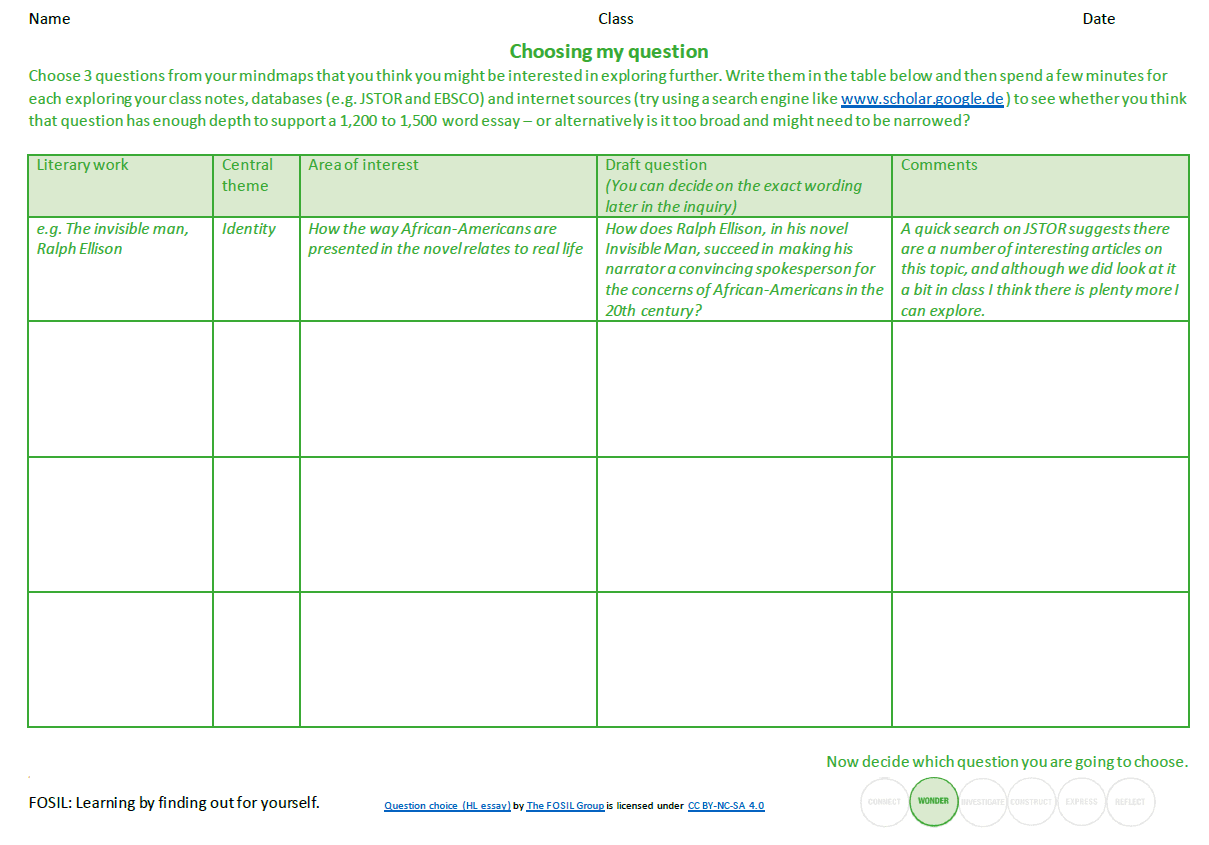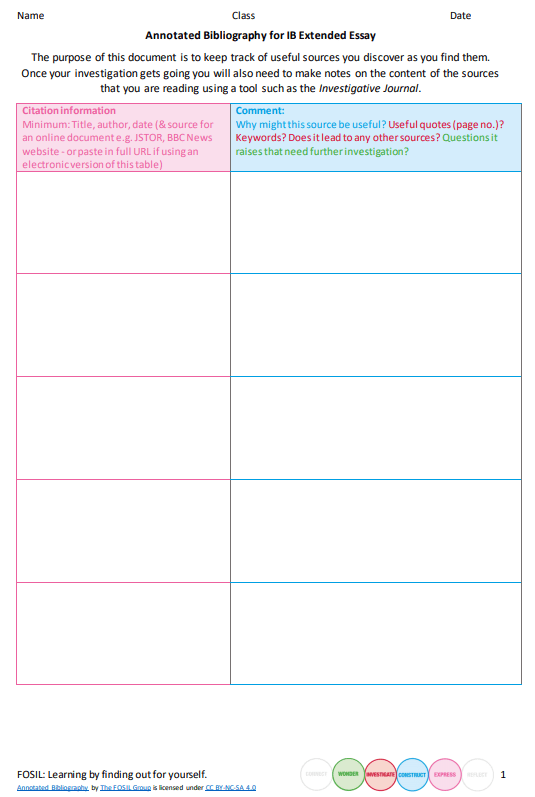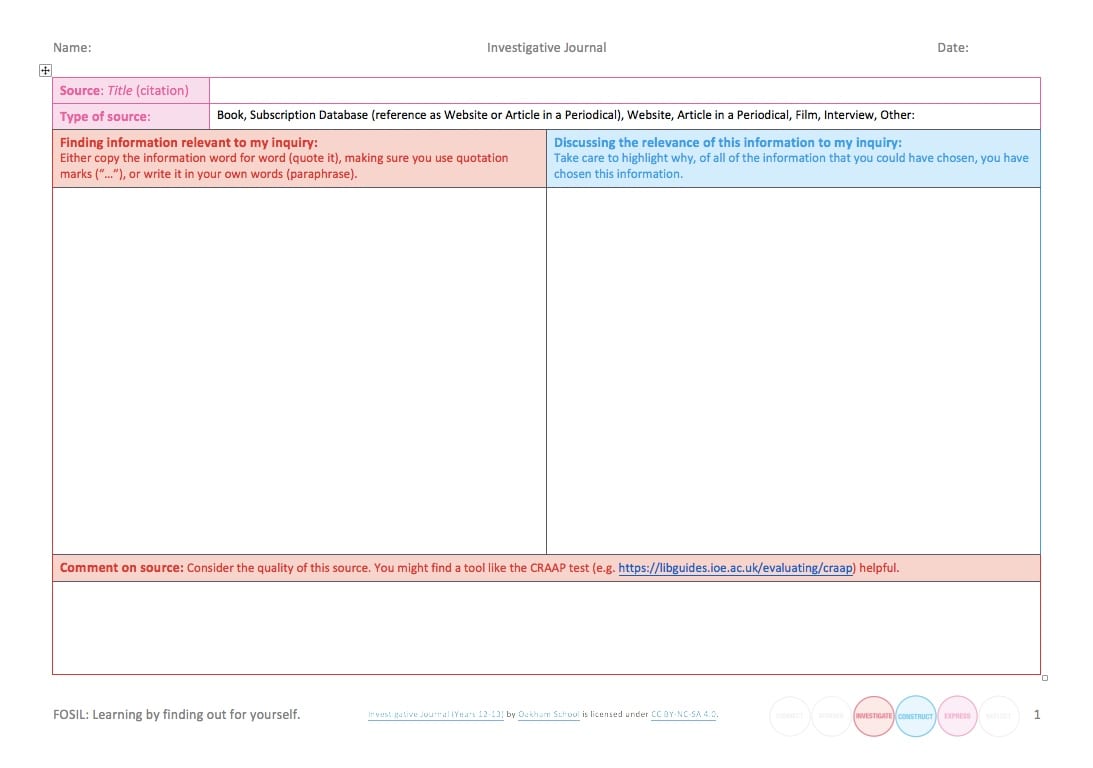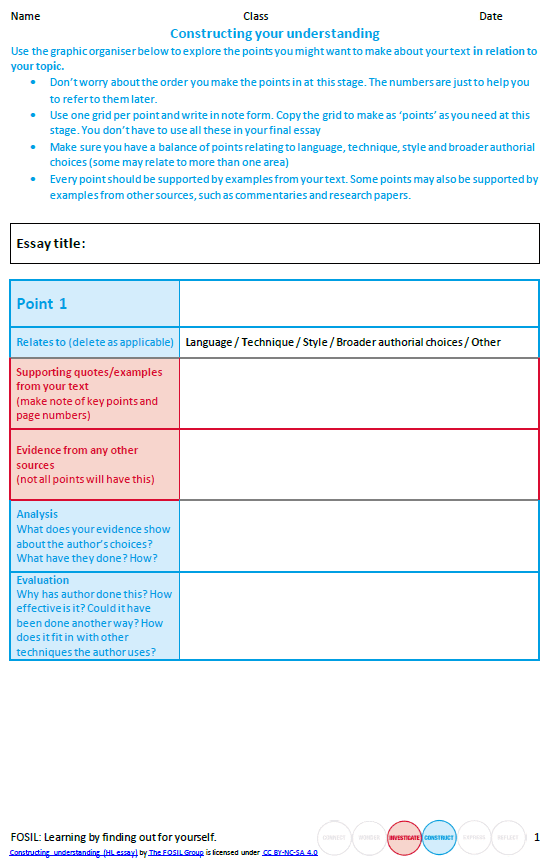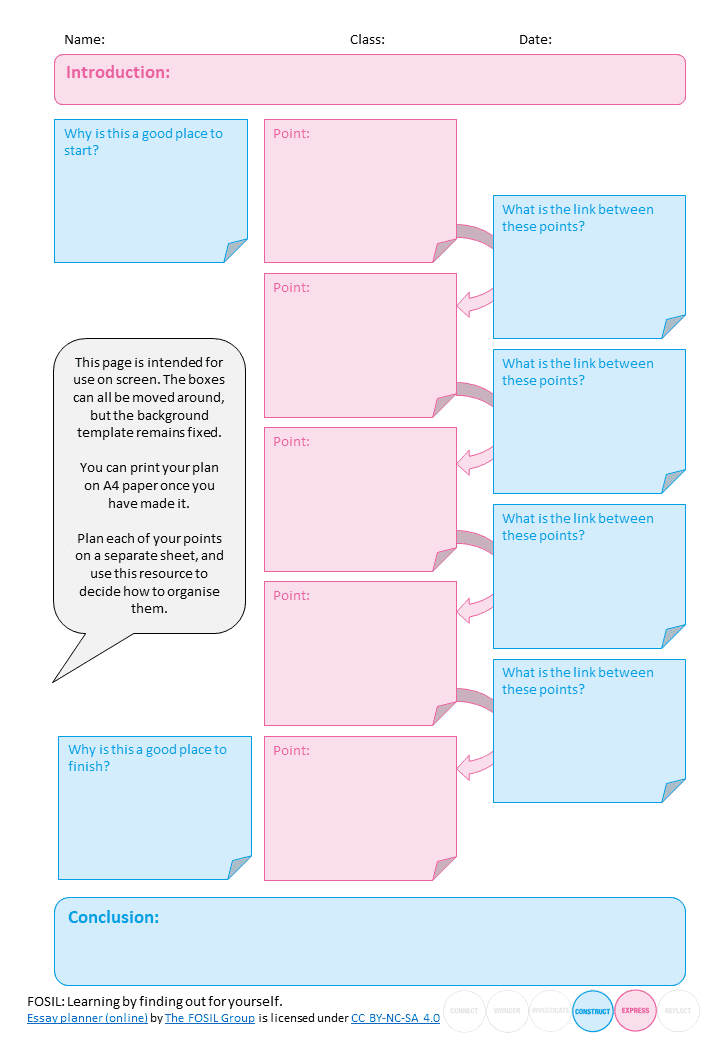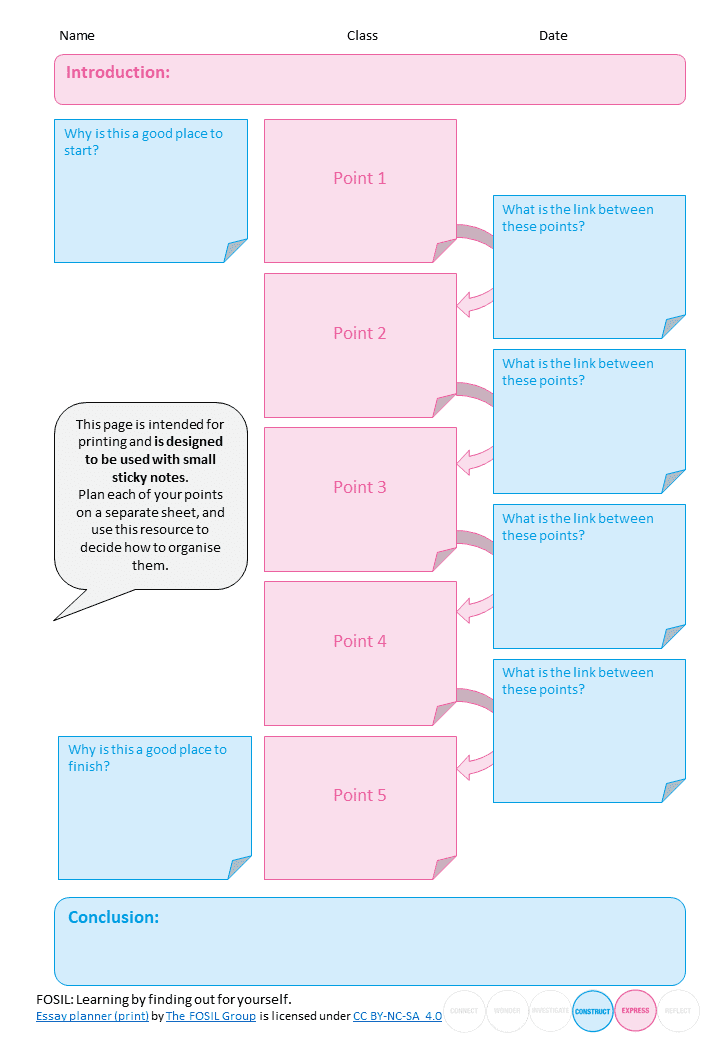Reply To: Year 13 Language and Literature coursework
Home › Forums › Inquiry and resource design › Year 13 Language and Literature coursework › Reply To: Year 13 Language and Literature coursework
11th December 2020 at 10:31 am
#32332
These are the resources (which are available from the Resources section of the website). Any comments or suggestions for improvement would, as always, be very welcome:
- Connect & Wonder: Students have a huge degree of freedom to choose their topic and literary work for this essay and definitely need help scaffolding that choice. We started with a mindmapping Connect resource to help them to remember what they had already studied, and that bridged into a Wonder resource to help them to choose their question.
- Investigate: I recommended that students use the Annotated Bibliography that I designed in May for the English Department (and potentially the Investigative Journal) to keep track of the resources they found during the Investigate stage. Interestingly, this may not at first seem the kind of coursework a Library would traditionally be involved with, since there is not a great emphasis placed on secondary sources. Students can do well referring largely to their main text. However, because we have built a reputation within the school as inquiry experts, teachers understand that we can help with the whole process of inquiry, not just the Investigate stage.
- Construct: Once the students had spent time working with their question and their text, and reading other sources and commentaries, they needed to start pulling their arguments together. The first stage of this was simply to put together a set of points they thought it would be important to make, and decide what evidence they had for those points.
- Express: Now they needed to pull those points together into a coherent essay. I have been meaning to make a generic essay planning resource for a while, and this was a good opportunity. One complaint our English Department have about the PEEL format, which is actually very useful for many subjects and exam boards, is that it is formulaic and stifles creativity in essay writing, so I wanted something much looser for this. Given the current ‘blended learning’ environment, where some of the class are physically present and the rest are online, I also wanted to produce a resource that would work equally well in print or on screen. I decided to produce something that would allow students to take the points they had developed during the Construct stage and arrange them in a logical order, making links between adjacent points and explaining why they had chosen to make the points in that order. There would be no set limit on the number of points – and no sense that each point could only be a single paragraph. Hopefully this will help students to structure their essays logically, without stifling their creativity.
I haven’t created a specific Reflect resource for this coursework – although reflection is something that is encouraged and supported by our teachers more broadly, so it may be that one is not needed here. My longer term goal, however, is to create a meaningful Reflect resource that can be used in the Upper School.
